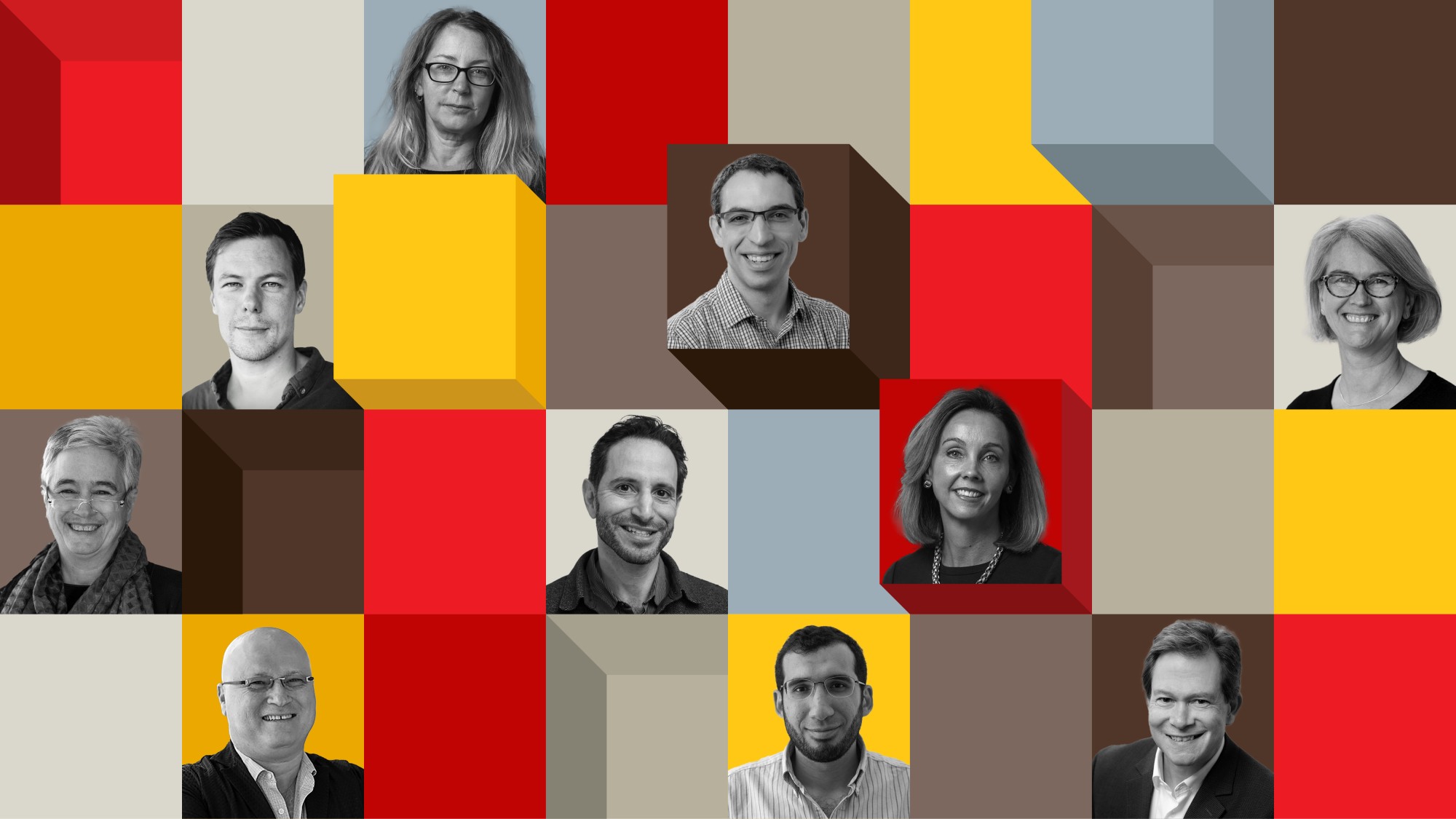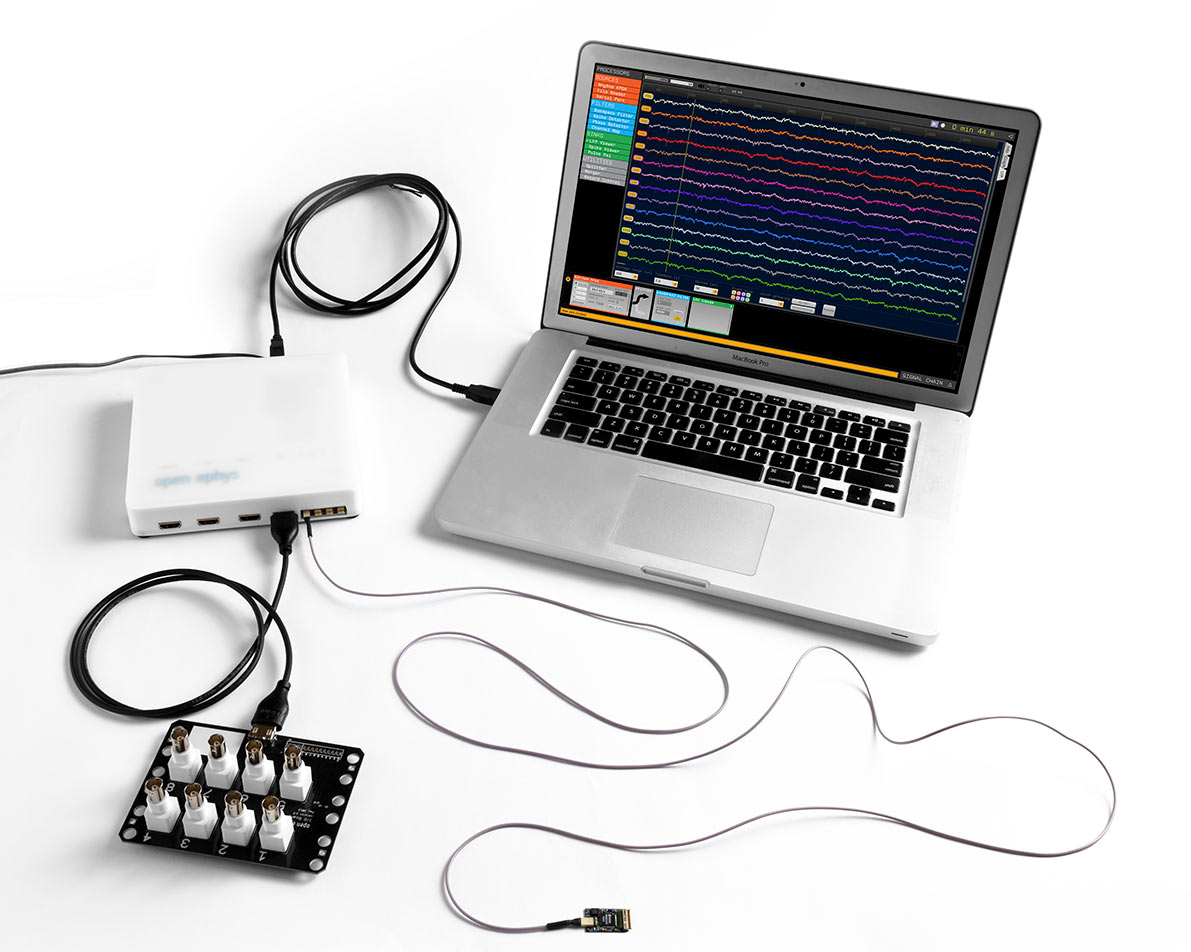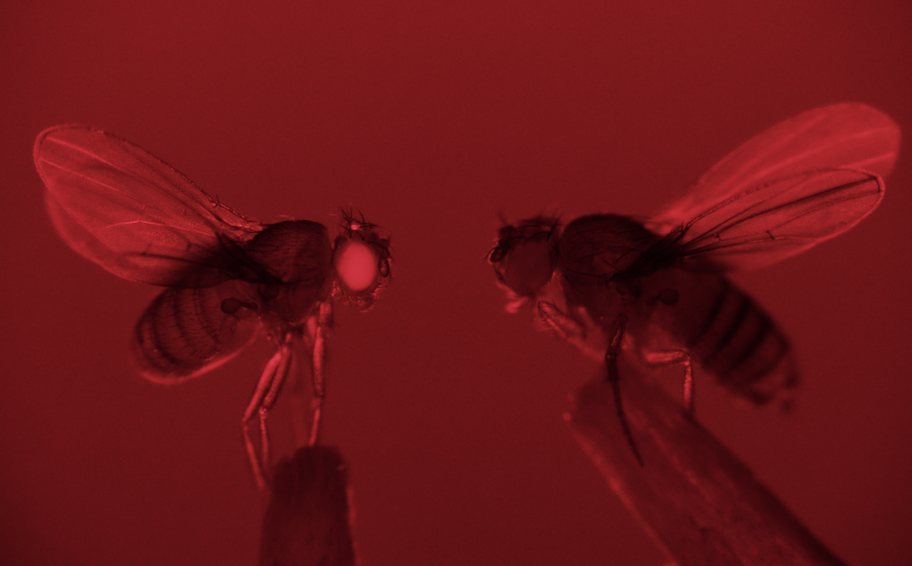
Brain science tools for tomorrow
Creating science tools – software to sensors, models to molecules – is a powerful way Carney Institute researchers make a global impact on brain science.

Scientists in India, Germany and Argentina have used Nicolas Fawzi’s specially-designed circular pieces of DNA to study neurodegeneration. Pharmaceutical companies have ordered DNA clones from the lab of Diane Lipscombe to screen potential drugs to treat a variety of disorders, including Parkinson’s disease, hypertension, migraine and chronic pain.
Scientists in 15 countries have used BioLuminescent OptoGenetics, or BL-OG, co-invented in the lab of Christopher Moore, which harnesses the power of bioluminescent light found in fireflies and glow worms to study brain injuries and diseases.

In thousands of labs around the world, brain scientists use tools created by researchers affiliated with the Robert J. and Nancy D. Carney Institute for Brain Science. From software to sensors, models to molecules, these tools not only fuel discovery at Brown University but at university, nonprofit and private labs on five continents, including nearly every major brain science institute. One tool – the Open Ephys Acquisition Board – was used in the discovery of place cells and grid cells that won the 2014 Nobel Prize in Physiology or Medicine.
A current list of Carney tools, and where they’re used, can be found here.
“Carney is home to a remarkable community of toolmakers,” said John Davenport, the institute’s director of research strategy. “That pioneering spirit and commitment to sharing with the science community multiplies the impact of our researchers.”
Two widely used tools come from the laboratories of Ahmed Abdelfattah and Gilad Barnea.
Abdelfattah’s Voltron and Voltron 2 are sensors made up of a specially engineered protein combined with a molecule of ultra-bright synthetic dye. Together they can measure – in real time – the voltage changes that occur when neurons communicate. The sensor protein can be expressed into zebrafish, flies and mice and, when active, can measure fast electrical signaling of thousands of individual neurons in living, behaving animals. Voltron 2 is the latest version and is more sensitive to voltage changes in the cell membrane.
Voltron has revolutionized the study of cell activity and the sensors are used in hundreds of laboratories around the world, from France to South Africa. Scientists who use Voltron work at all levels of brain science, from cells to systems, and with multiple models, from flies to mice. Drug companies use the sensors to study experimental treatments for epilepsy and dementia.
Barnea’s trans-Tango toolkit includes genetically encoded tools introduced into fruit flies that allow scientists to label and manipulate neural circuits – networks of interconnected brain cells that process information and generate behavior. Mapping circuits is a critical first step towards understanding brain function and behavior. trans-Tango tools were the first to allow scientists to easily and effectively label and alter neural circuits in fruit flies. They’re used in dozens of science labs around the world and have been cited in hundreds of scientific papers. The team has helped bring the model to zebrafish and is working now to bring it to mice.

Other inventions from Carney’s research toolbox:
- The CRISPR Optimal Target Finder from the lab of Kate O’Connor-Giles is an open-source web software tool used to identify sites in the genomes of fruit flies, worms and other organisms that would be good candidates for gene editing using CRISPR, a science tool sometimes called “molecular scissors.”
- Genetically modified nematodes from the lab of Anne Hart model explicitly human neurodegenerative diseases. Scientists in dozens of labs across the country and around the world have used these tiny worms to study brain cell death and identify drug targets for neurodegenerative diseases.
- The LENS and CRAFT tools created by the lab of Thomas Serre allow users to understand why and how deep neural networks that power AI systems make decisions. Understanding shortcuts and other ways AI systems do their work is critical for checking that work to determine whether these AI systems are accurate.

Two tools are products of BRAINSTORM, the translational research program created by leaders in Carney’s Center for Computational Brain Science.
Through BRAINSTORM, Stephanie Jones created the Human Neocortical Neurosolver (HNN), software that allows brain scientists to develop and test predictions on how signals from electro- and magneto- encephalography (EEG/MEG) are generated in the brain. EEG and MEG systems are the most common way to record human brain electrical activity without surgery, so HNN is popular, with Jones routinely leading training workshops in the U.S. and Europe.
Another BRAINSTORM project is Michael Frank’s Hierarchical Sequential Sampling Models, or HSSM, a software toolkit that researchers use to build and test computational models. These models can shed light on the biological functions and mental processes at work in people with mental illness – information critical for developing new and better treatments.
The software Jones and Frank created is open-source, so the computer code the software is built on is publicly available. Anyone can view, modify and distribute it. All other Carney tools are publicly available, typically through AddGene, a nonprofit that allows scientists to share plasmids and other research tools, or GitHub, a website where software developers work together and share projects.
Openness is a value shared by Carney faculty, students and staff, said Moore, Carney’s associate director and a professor of neuroscience and brain science at Brown.
“Everyone at Carney wants to advance brain science not only here but beyond Brown,” Moore said. “They want to answer the big science questions, and if they can’t do it with the tools they have, they’ll make new ones – and share them. That spirit of invention and generosity is rare. And we have it here at Carney.”